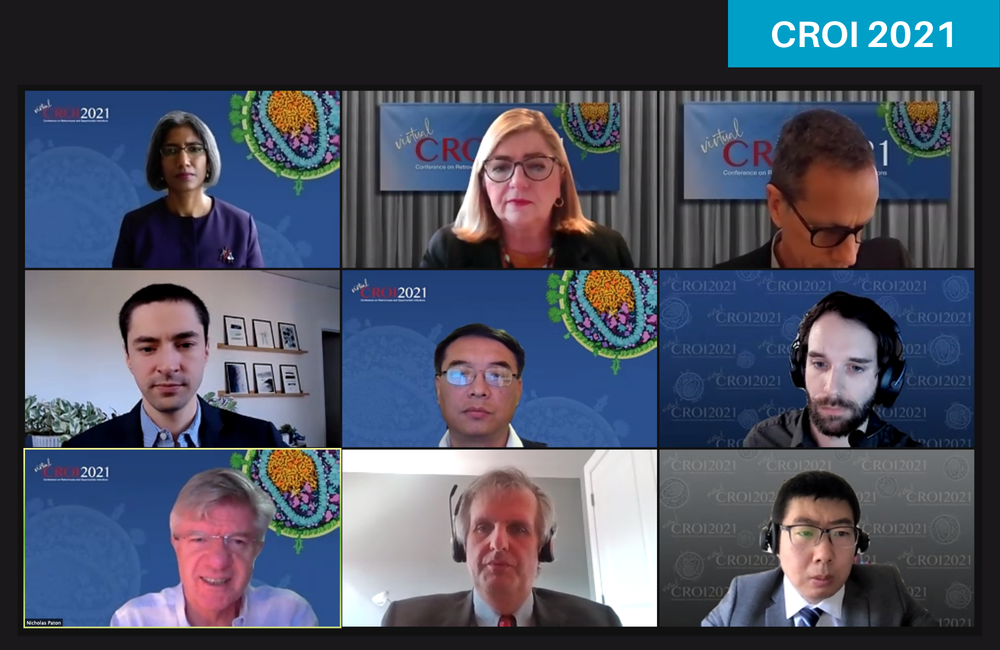
An enormous quantity of important and fascinating HIV research is presented each year at the Conference on Retroviruses and Opportunistic Infections (CROI). We have published almost 30 news articles from this year’s conference. As it is hard for anyone to keep up, here is a round-up of the news relevant to the HIV treatment programmes in sub-Saharan Africa.
A randomised study conducted in Kenya, Uganda and Zimbabwe explored two key questions about second-line HIV treatment. It found that dolutegravir or darunavir/ritonavir are equally effective. It also found that tenofovir and lamivudine can be recycled in second-line treatment, even in people with high-level resistance to the drugs. While the first finding supports the World Health Organization’s guidelines, the second suggests a revision. The guidelines currently recommend including a new nucleoside reverse transcriptase inhibitor, which is usually zidovudine (AZT), which has more side-effects than tenofovir.
Another randomised study focused on second-line treatment found that resistance testing to trigger a change of regimen did not improve virological suppression nine months later. The findings from South Africa and Uganda suggest that implementing resistance testing in resource-limited settings within current algorithms for changing treatment is unlikely to improve viral suppression. A continued emphasis on viral-load testing and intensified adherence remains critical in managing treatment failure.
Data from over 1000 health facilities in eleven countries in sub-Saharan Africa showed a transient effect of the COVID-19 pandemic on HIV services, followed by a rapid recovery. In the year up to September 2020, the number of people receiving antiretroviral therapy and the proportion who were virally suppressed actually increased in the facilities studied.
The SEARCH project’s PrEP programme in rural Uganda and Kenya is one of the most successful on the continent – it has already reported 74% fewer HIV infections among those who started PrEP. An analysis presented at CROI identified one aspect of the project’s success. Individuals at elevated risk of HIV exposure were 57% more likely to start PrEP if they had a social network contact who had already started using PrEP. Interventions that leverage existing peer networks and strengthen social connections to PrEP users have potential, the researchers say.
Dolutegravir-based treatment was superior to treatment based on efavirenz or a boosted protease inhibitor in children and adolescents, both as first-line or second-line treatment, a randomised study found. Most participants were in Uganda, Zimbabwe or South Africa. The results support World Health Organization guidelines and the use of dolutegravir-based regimens in children, allowing harmonisation with adult treatment programmes.
Click on the links to find out more.
You can also read our selections of the top 5 stories on ageing and co-morbidities, and the top 5 stories on injectable HIV treatment and prevention presented at CROI.
